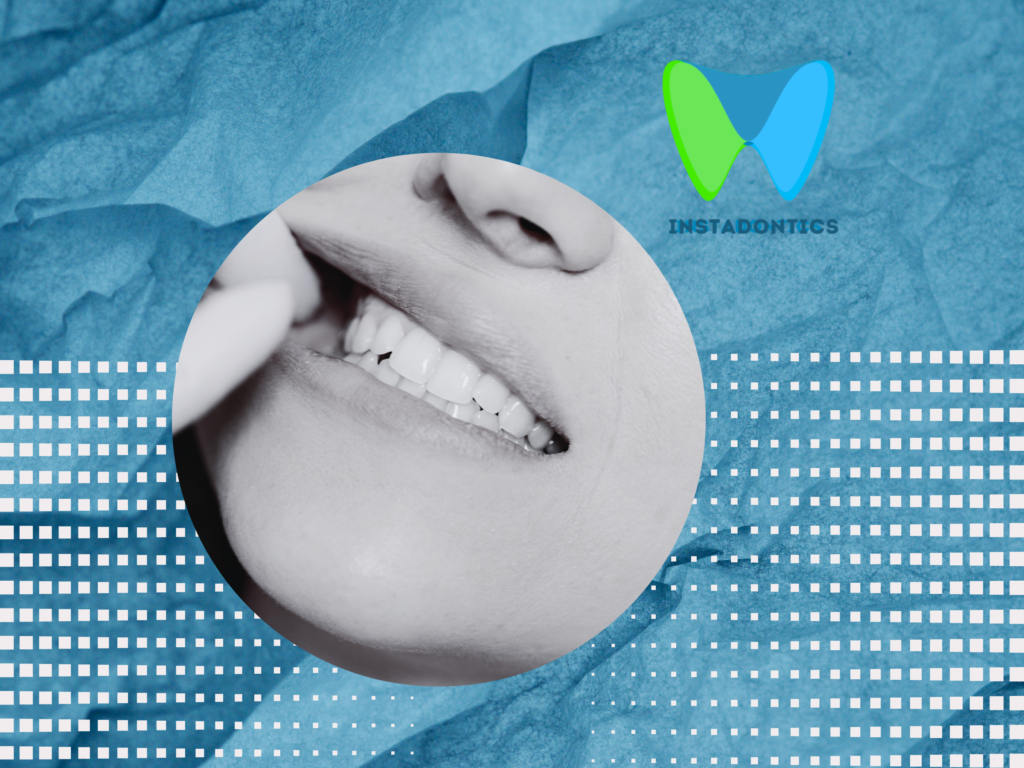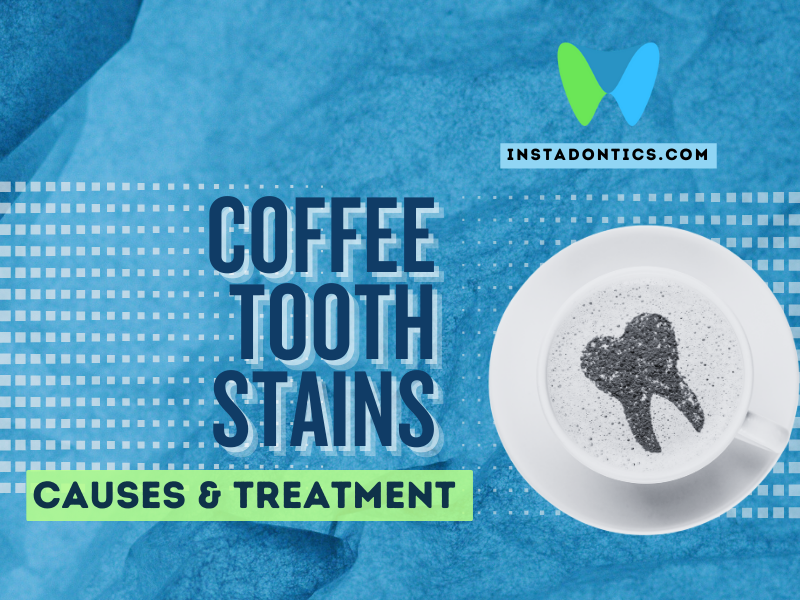When you picture a perfect smile, what comes to mind? For many, it’s a row of dazzling, snow-white teeth. Thanks to Hollywood, advertising, and social media, we’ve come to associate white teeth with health, beauty, and success. But is this perception accurate? Are yellow teeth unhealthy, or could they actually be a sign of strong, healthy teeth? In this article, we’ll explore the science behind tooth color, what causes yellowing, and what it really means for your oral health.
Understanding Tooth Color: What’s Normal?
Before we dive into whether yellow teeth are healthy, it’s important to understand what determines the natural color of our teeth. Tooth color isn’t as simple as “white or yellow”—there’s a wide spectrum of natural shades, and most people’s teeth aren’t truly white.
The Anatomy of a Tooth
Each tooth is made up of several layers:
- Enamel: The hard, outer layer that acts as a protective shell. Enamel is naturally translucent.
- Dentin: The layer beneath the enamel. Dentin is thicker and has a yellowish hue.
- Pulp: The innermost part, containing nerves and blood vessels.
The color of your teeth depends on the thickness and quality of your enamel and the color of your dentin. If your enamel is thin or translucent, the yellowish dentin will show through more. Genetics play a major role in both enamel thickness and dentin color, meaning some people naturally have teeth that appear more yellow.
Why Are My Teeth Yellow?
There are two main types of tooth discoloration: extrinsic (on the outside) and intrinsic (from within).
1. Extrinsic Stains
These are surface stains caused by:
- Foods and drinks: Coffee, tea, red wine, cola, berries, and curry can stain enamel.
- Tobacco: Smoking or chewing tobacco can cause yellow or brown stains.
- Poor oral hygiene: Plaque and tartar build-up can make teeth appear yellow.
2. Intrinsic Discoloration
This type of yellowing comes from within the tooth and can be caused by:
- Aging: Enamel wears down over time, exposing more dentin.
- Genetics: Some people naturally have more yellowish or darker dentin.
- Medications: Certain antibiotics (like tetracycline) or excessive fluoride during childhood can cause intrinsic discoloration.
- Dental trauma: Injuries can affect the color of teeth.
Are Yellow Teeth Unhealthy?
Here’s the truth: Yellow teeth are not necessarily unhealthy. In fact, teeth can be perfectly healthy and still have a yellowish tint. Let’s break down some common misconceptions.
Myth 1: White Teeth = Healthy Teeth
While white teeth are often seen as the gold standard for a healthy smile, color alone doesn’t indicate health. Teeth can be bright white and still have cavities, gum disease, or enamel erosion. Conversely, yellowish teeth can be free of decay and structurally strong.
Myth 2: Yellow Teeth Are Always Dirty
Yellow teeth aren’t always a sign of poor hygiene. As discussed, genetics, enamel thickness, and aging play a huge role. If you brush and floss regularly, visit your dentist, and don’t have cavities or gum disease, your yellow teeth are probably healthy.
Myth 3: You Need to Whiten Your Teeth for Oral Health
Teeth whitening is a cosmetic procedure. It doesn’t improve the health of your teeth or gums. In some cases, overuse of whitening products can even damage enamel and increase tooth sensitivity.
When Is Yellowing a Problem?
While natural yellowing is normal, there are situations where yellow teeth can signal underlying issues:
- Sudden or severe yellowing: This may indicate enamel erosion, which can be caused by acidic foods, beverages, acid reflux, or aggressive brushing.
- Yellowing with pain or sensitivity: If your teeth are also sensitive or painful, see a dentist. This could indicate decay, gum disease, or other dental problems.
- Yellowing with other symptoms: Bleeding gums, bad breath, or visible tartar are signs of poor oral health.
How to Tell If Your Yellow Teeth Are Healthy
The best way to determine the health of your teeth is through regular dental checkups, but here are some signs your yellow teeth are healthy:
- No pain or sensitivity: Healthy teeth shouldn’t hurt or feel sensitive to hot, cold, or sweet foods.
- No visible cavities or holes: Check for dark spots, pits, or holes, which can indicate decay.
- Firm, pink gums: Healthy gums should be pink, not red or swollen, and shouldn’t bleed when you brush.
- No persistent bad breath: Chronic bad breath can be a sign of gum disease or decay.
- Smooth enamel: Run your tongue over your teeth. They should feel smooth, not rough or pitted.
If you’re unsure, your dentist can assess your oral health and let you know if your tooth color is normal for you.
Should You Whiten Your Teeth?
Teeth whitening is a personal choice. If your teeth are healthy but you’re self-conscious about their color, whitening can give you a confidence boost. However, it’s important to:
- Consult your dentist first: They can check for underlying issues and recommend safe whitening options.
- Avoid over-the-counter products with harsh abrasives: These can damage enamel.
- Understand the limitations: Whitening won’t work on crowns, fillings, or veneers, and may not be effective for intrinsic stains.
Remember, even after whitening, your teeth may never be “Hollywood white”—and that’s okay! The goal is a healthy, natural-looking smile.
Natural Ways to Keep Your Teeth Healthy (and Bright)
If you want to keep your teeth healthy and minimize yellowing, focus on these habits:
1. Practice Good Oral Hygiene
- Brush twice daily with a fluoride toothpaste.
- Floss daily to remove plaque between teeth.
- Use an antibacterial mouthwash if recommended by your dentist.
2. Limit Staining Foods and Drinks
- Drink coffee, tea, and red wine in moderation.
- Rinse your mouth with water after consuming staining foods or drinks.
- Use a straw to minimize contact with your front teeth.
3. Don’t Smoke or Use Tobacco
Tobacco is a major cause of yellowing and oral health problems.
4. Eat a Tooth-Friendly Diet
- Crunchy fruits and vegetables (like apples and carrots) can help clean teeth naturally.
- Dairy products provide calcium and phosphates to strengthen enamel.
5. Visit Your Dentist Regularly
Professional cleanings remove plaque and tartar that can’t be reached at home. Your dentist can also spot early signs of problems before they become serious.
Related: Whiten Your Teeth Naturally |10 Effective Methods
The Evolutionary Perspective: Why Are Teeth Yellow, Anyway?
Did you know that the natural color of human teeth is actually off-white to yellowish? This is due to the color of dentin,
which is naturally a pale yellow. Enamel, the outermost layer, is semi-translucent. When enamel is thick and healthy, it can appear whiter, but as it thins—either with age or due to genetics—the yellow of the dentin underneath becomes more visible.
From an evolutionary standpoint, our ancestors didn’t have access to whitening strips or professional bleaching. Their teeth were often more yellow or even grayish, depending on diet, genetics, and environmental factors. Yet, dental health was determined more by the absence of disease, decay, and infection than by tooth color.
This means that our modern obsession with perfectly white teeth is a relatively new phenomenon, driven largely by media, advertising, and the cosmetics industry. In reality, a slight yellow hue is a sign of normal, healthy dentin and strong teeth.
The Dangers of Over-Whitening
While whitening your teeth is generally safe when supervised by a dentist, excessive or improper use of whitening products can lead to problems, including:
- Enamel Erosion: Overuse of bleaching agents can weaken enamel, making teeth more sensitive and prone to decay.
- Gum Irritation: Whitening gels can irritate or burn the gums if not applied properly.
- Tooth Sensitivity: Some people develop lasting sensitivity to hot and cold after frequent whitening treatments.
- Uneven Results: Whitening does not affect dental restorations, which can lead to uneven coloring if you have crowns or fillings.
If you choose to whiten your teeth, always follow your dentist’s guidance and use products as directed.
Embracing Your Natural Smile
It’s time to challenge the myth that only white teeth are beautiful or healthy. Across the world, standards of beauty vary, and what’s most important is the health and function of your teeth—not their shade. Here’s why embracing your natural tooth color can be empowering:
- Authenticity: Your smile is uniquely yours. A natural shade is often more flattering and realistic.
- Oral Health Focus: Shifting your focus from color to health encourages better daily habits and regular dental visits.
- Self-Confidence: Confidence comes from knowing your teeth are strong and healthy, not just white.
- Reduced Risk: By avoiding unnecessary whitening treatments, you protect your enamel and gum health.
When to Seek Professional Advice
While yellow teeth are usually normal, there are times when discoloration may signal a problem:
- Rapid or patchy yellowing: This could indicate enamel erosion or early decay.
- Accompanied by pain or swelling: Seek dental care immediately, as this could be a sign of infection or abscess.
- Discoloration after trauma: Injury to a tooth can cause internal bleeding and discoloration.
- Persistent bad breath or bleeding gums: These are signs of gum disease, which can also affect tooth color.
If you notice any of these symptoms, schedule a dental appointment for a thorough evaluation.
Frequently Asked Questions
1. Can brushing harder make my teeth whiter?
No. Brushing too hard can actually wear away enamel, making teeth appear more yellow as the dentin shows through. Use a soft-bristled brush and gentle, circular motions.
2. Are some people just born with yellow teeth?
Yes! Genetics play a big role in tooth color. Some people have naturally thicker or more translucent enamel, or more yellowish dentin.
3. Will professional cleaning make my teeth white?
Dental cleanings remove surface stains, plaque, and tartar, which can brighten your smile. However, they won’t change the natural underlying color of your teeth.
4. Is there a healthy shade for teeth?
Healthy teeth can range from off-white to slightly yellow. The most important thing is that they’re free of decay, strong, and supported by healthy gums.
5. What if I want a whiter smile safely?
Consult your dentist! They can recommend safe, effective whitening treatments and help you set realistic expectations for your results.
The Takeaway: Healthy Teeth Come in Many Shades
It’s time to let go of the myth that only blindingly white teeth are healthy. The natural color of teeth is influenced by genetics, age, and lifestyle factors—many of which are out of your control. Yellow teeth can be perfectly healthy, strong, and beautiful.
Focus on:
- Good daily oral hygiene
- Regular dental checkups
- A healthy diet
- Avoiding tobacco and excessive staining foods
If you’re concerned about the color of your teeth or notice other symptoms, talk to your dentist. Otherwise, smile confidently knowing that your yellow teeth are a sign of your unique, healthy self.
Remember: The best smile is a healthy, confident one—no matter the shade!



